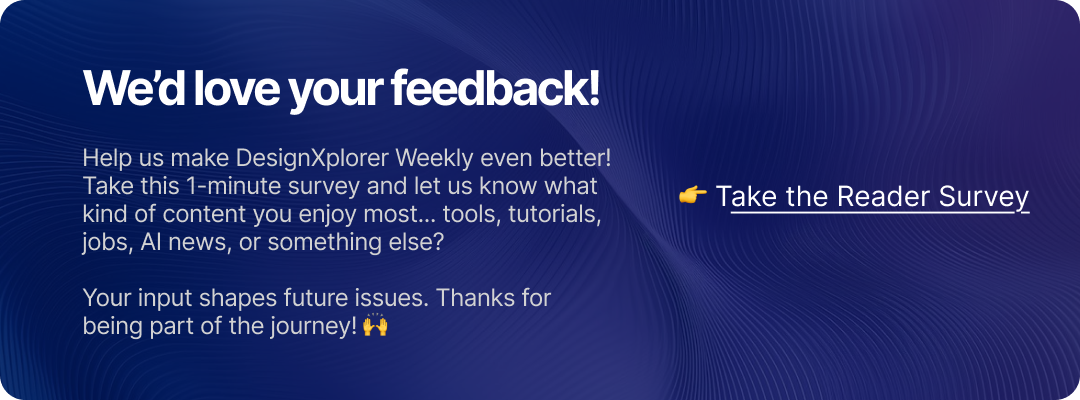Your Essential Guide to ChatGPT Models and Their Best Uses
From tokens to empathetic capabilities, this guide outlines each ChatGPT model’s features, costs, and top uses, helping you pick the best AI solution for everyday or specialized tasks.
Artificial intelligence (AI) has become extremely helpful for people in various fields—whether you’re writing blog posts, coding software, or analyzing complex problems. With so many ChatGPT models available, it can be tricky to figure out which one suits your needs best. This guide will help you choose the right ChatGPT model so you can benefit from AI without wasting money or time.
Over the years, ChatGPT has evolved from smaller models that handled simple tasks to larger, more sophisticated ones that can follow long conversations, offer deeper reasoning, and even show empathy. Each new model builds on the strengths of the previous one, adding improvements that make AI more powerful and user-friendly.
This guide is designed to help everyone—from beginners on a tight budget to large companies needing advanced capabilities—find the most suitable ChatGPT model. By the end, you’ll understand the differences between the main ChatGPT models and know which one can manage anything from brief emails to large-scale research.
Understanding Tokens
Before exploring each model, let’s talk about “tokens” and why they’re important. Tokens are small pieces of words. A longer word might split into several tokens, while a short word like “a” could be just one. Whenever the AI reads or writes tokens, you pay according to how many tokens are used. Knowing this helps you keep costs in check and plan how much text you want the AI to handle.
1. GPT-3.5 Turbo
GPT-3.5 Turbo marks a major advancement in ChatGPT’s development. It’s fast and fairly affordable, making it a good option for small businesses, students, and other users who don’t need highly advanced AI features. Even though it’s an older version, it handles basic writing and simple coding tasks well.
Key Features
Cost-Effective: Costs around $0.50 per million input tokens and $1.50 per million output tokens, which is great if you have a limited budget.
Token Limits: Can handle up to 16,385 tokens of context and can produce up to 4,096 tokens in one response—usually enough for everyday tasks.
Information Recency: Trained on data up to September 2021, so it might not include the latest facts.
Output Quality: Works well for simple tasks, but it may lack the depth of newer models.
Best Suited For
Quick Drafting: Short emails, blog posts, or basic marketing content.
Basic Coding Help: Simple code fixes or small scripts.
Budget Projects: Ideal for users who need reliability without high costs.
2. GPT-4 Turbo
GPT-4 Turbo is faster and more powerful, designed for bigger and more complex tasks. It focuses on advanced reasoning, making it a solid upgrade from GPT-3.5 Turbo.
Key Features
Cost: About $10 per million input tokens and $30 per million output tokens, which is more expensive but offers stronger capabilities.
Token Limits: Allows 128,000 tokens of context and a maximum of 4,096 tokens in each response.
Information Recency: Uses data up to December 2023, so it’s more up to date.
Advanced Reasoning: Ideal for complex coding, in-depth research, or creative writing.
Best Suited For
Scientific Research & Data: Excels at analyzing large data sets and forming hypotheses.
Advanced Coding: Helpful for debugging complex algorithms or reviewing sophisticated code.
Detailed Writing: Great for lengthy content like e-books or technical documentation.
3. GPT-4o and GPT-4o Mini
The GPT-4o series represents the newest additions to ChatGPT, capable of handling both text and images. These models excel at multistep reasoning and can work with both written content and visual elements.
Key Features
GPT-4o Cost: About $2.50 per million input tokens and $10 per million output tokens.
GPT-4o Mini Cost: Around $0.15 per million input tokens and $0.60 per million output tokens, offering a more budget-friendly option with good performance.
Token Limits: Up to 128,000 tokens of context, with GPT-4o supporting up to 16,384 tokens in a single response.
Information Recency: Trained on data through October 2023.
Output Quality: Provides high-quality answers for difficult questions, and GPT-4o Mini offers a strong balance between cost and performance.
Best Suited For
Working with Text and Images: Designed to interpret and create both types of content.
Long-Form Content: Suitable for writing entire e-books, manuals, or detailed reports.
Saving Money: GPT-4o Mini is ideal if you want good results without a high price.
4. OpenAI o1 and o1-Mini
OpenAI’s o1 models prioritize deeper analysis and extended processing times. This makes them a strong fit for tasks where logical precision and detail are essential, such as complicated math or legal work.
Key Features
o1 Cost: About $15 per million input tokens and $60 per million output tokens.
o1-Mini Cost: Around $3 per million input tokens and $12 per million output tokens.
Token Limits: Offers 128,000 tokens of context. The o1 model can produce up to 32,000 tokens, while o1-Mini can produce up to 64,000.
High-Level Reasoning: Excellent for complex calculations or logic-heavy tasks.
Speed vs. Depth: o1-Mini is faster and cheaper but still provides strong analytical capabilities.
Best Suited For
Scientific & Technical Research: Writing or reviewing research papers and analyzing complex data.
Complex Coding: Ideal for large projects with advanced debugging or algorithms.
Deep Logical Tasks: Any field—like finance or law—requiring precise, detailed reasoning.
5. GPT-4.5
GPT-4.5 is considered the top choice for human-like understanding and emotional intelligence. It aims to make AI interactions feel more natural and personable.
Key Features
Higher Cost: Reflective of its enhanced training and capabilities.
Nuanced Replies: Focuses on delivering extra-accurate responses aligned with user needs.
Human-Like Style: Well-suited for situations needing empathy and careful communication.
Best Suited For
Customer Service & Support: Communicating with customers in a warm, empathetic way.
Counseling & Coaching: Approaching sensitive topics with care.
Creative & Storytelling: Producing narrative-driven content that benefits from emotional depth.
Comparison Table
Below is a handy table summarizing each model’s main features and typical use cases:
Conclusion
Your ideal ChatGPT model depends on your goals, how complex your tasks are, and how much you can afford to spend. Here’s a quick recap:
GPT-3.5 Turbo: Easy on the wallet and perfect for everyday needs.
GPT-4 Turbo: Offers better reasoning and more recent data, ideal for bigger challenges.
GPT-4o & GPT-4o Mini: Handles both text and images, with a more affordable Mini version.
OpenAI o1 & o1-Mini: Provides deep logical power, plus a Mini version if you need cost savings.
GPT-4.5: Delivers a human-like feel, perfect for customer-facing roles and creative work.
By aligning your project’s demands and budget with the right ChatGPT model, you’ll achieve higher-quality results without wasting time or resources.
Have you tried any of these models? Share your story in the comments! Did GPT-3.5 Turbo cover your daily tasks, or did GPT-4.5’s friendly style transform how you engage with customers? Feel free to pass this guide along to friends or colleagues who might find it useful.





